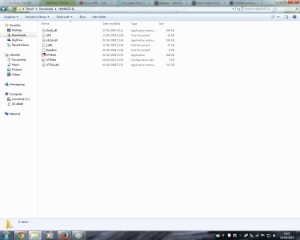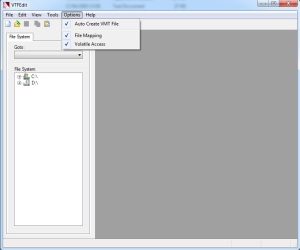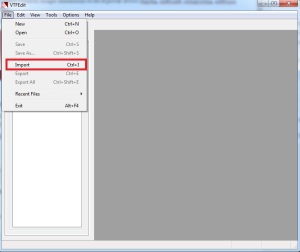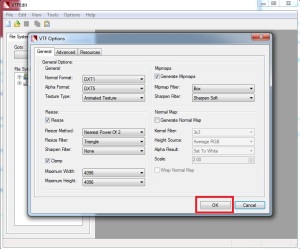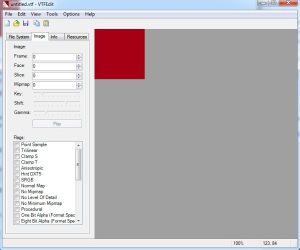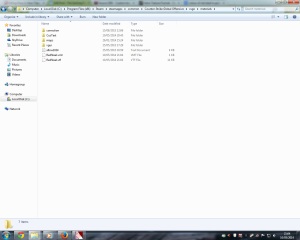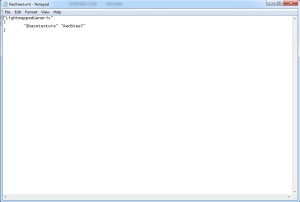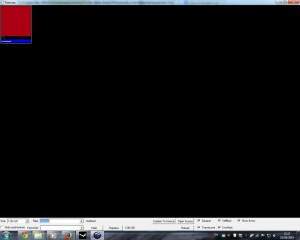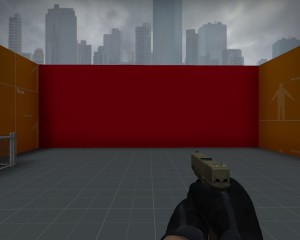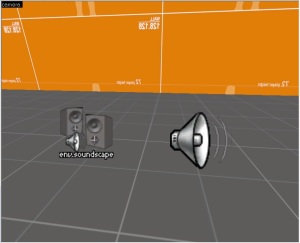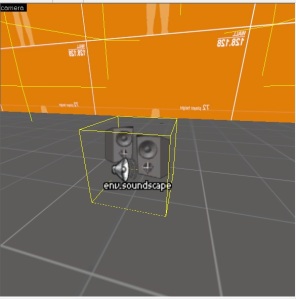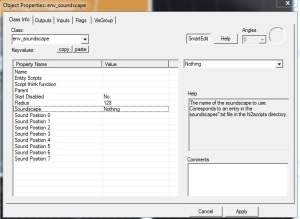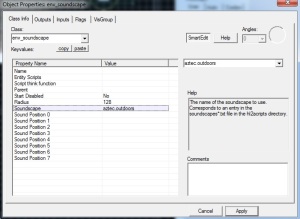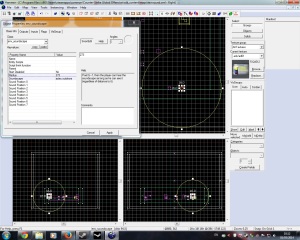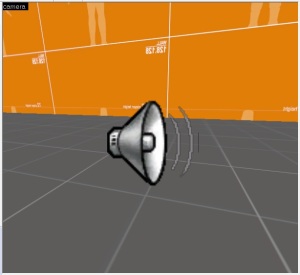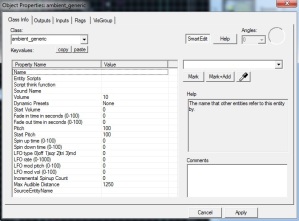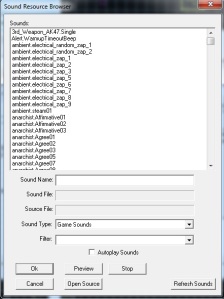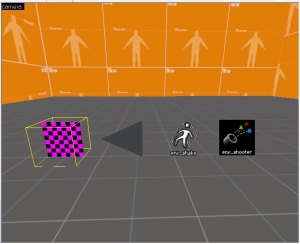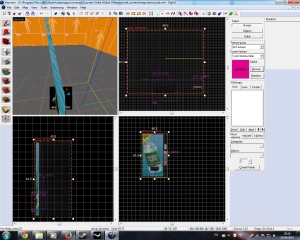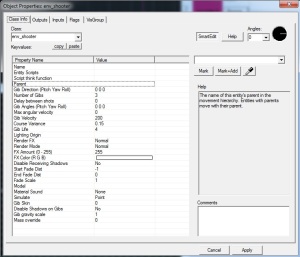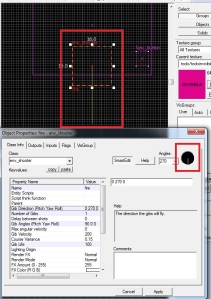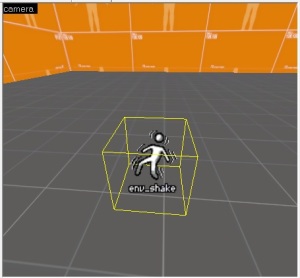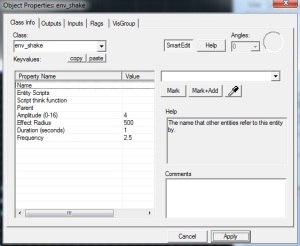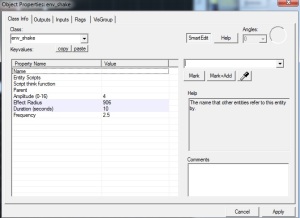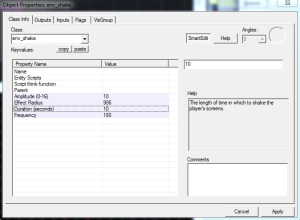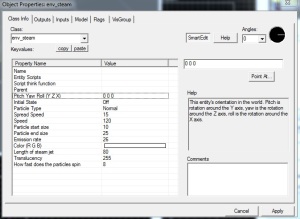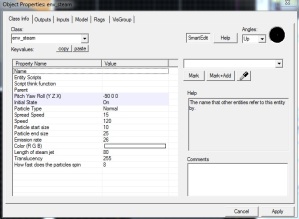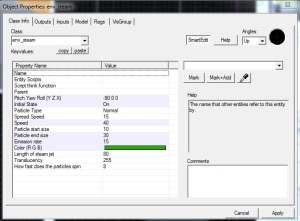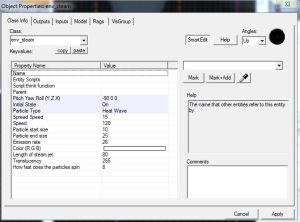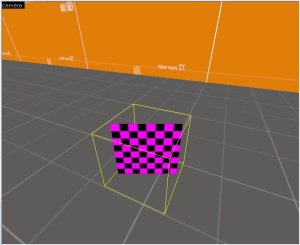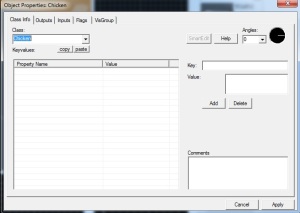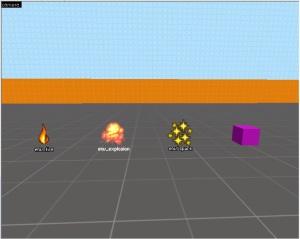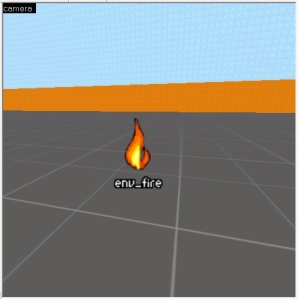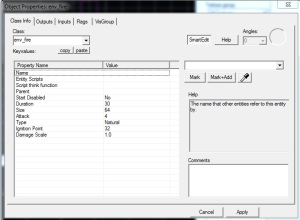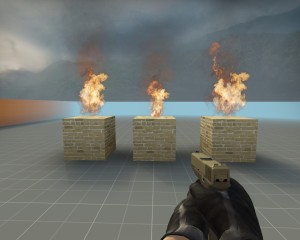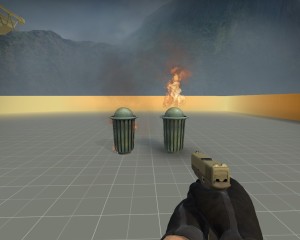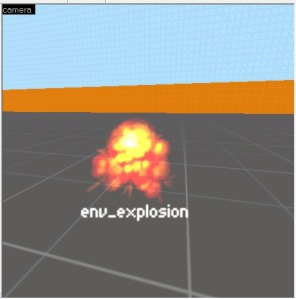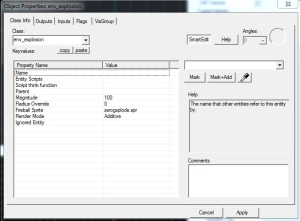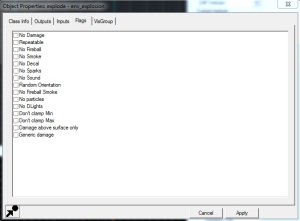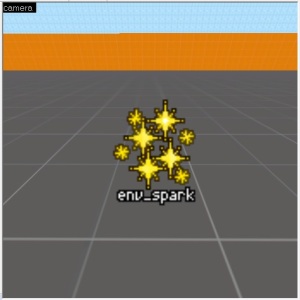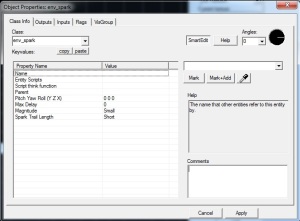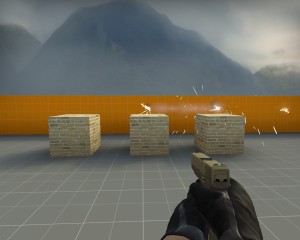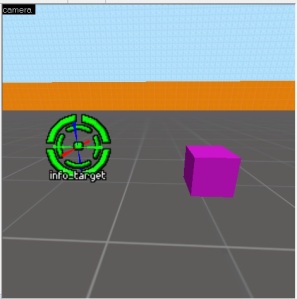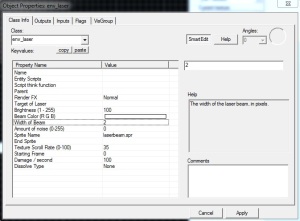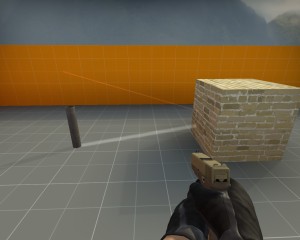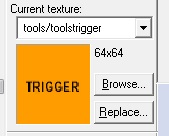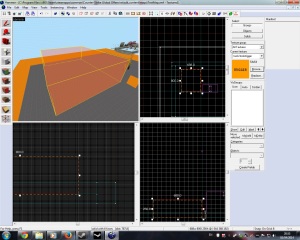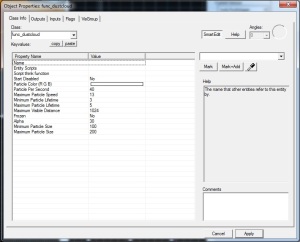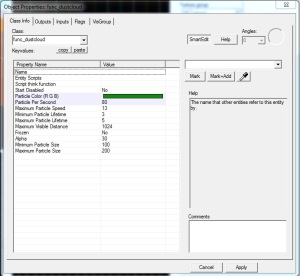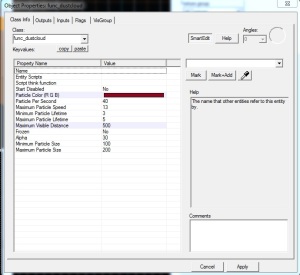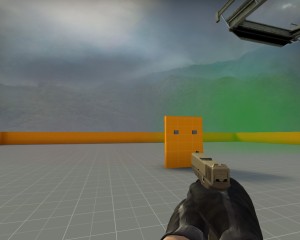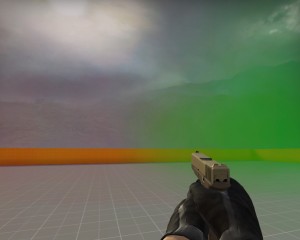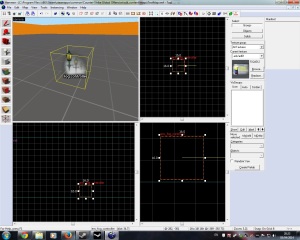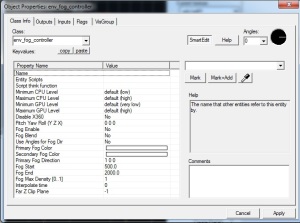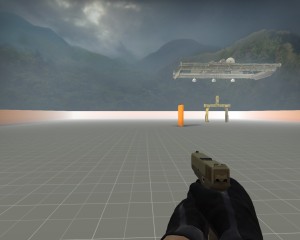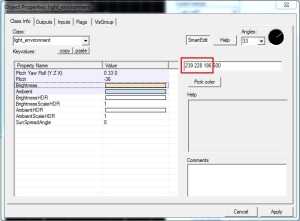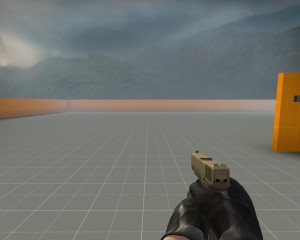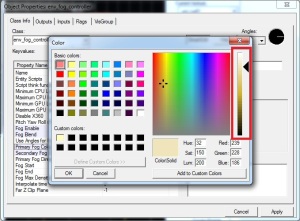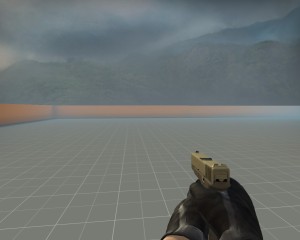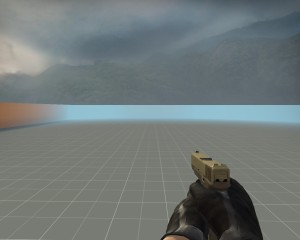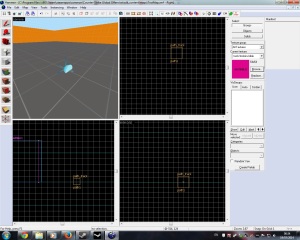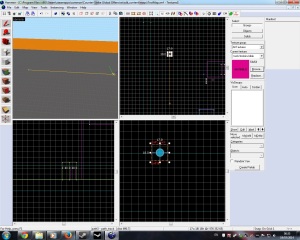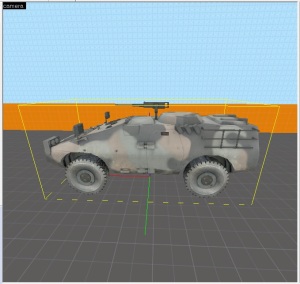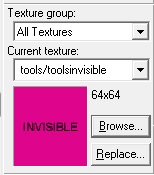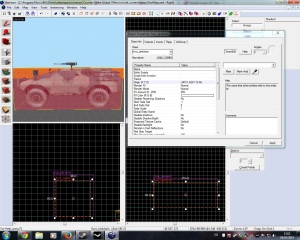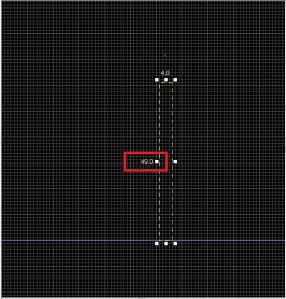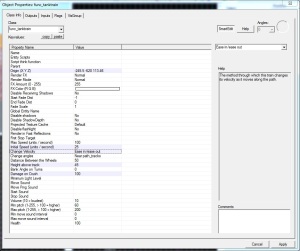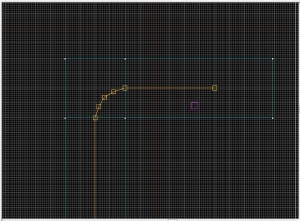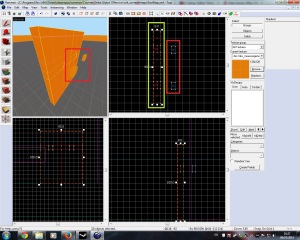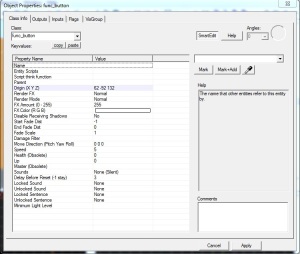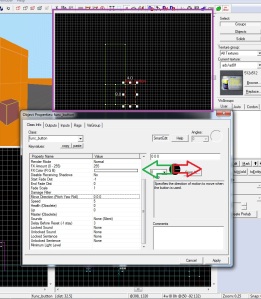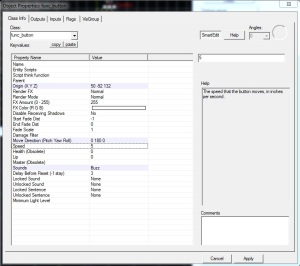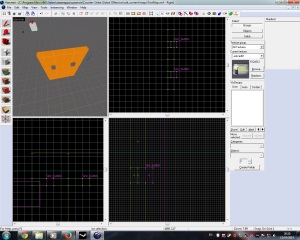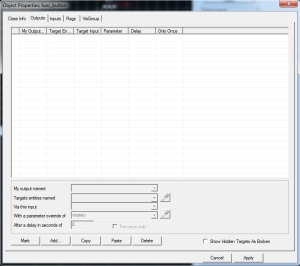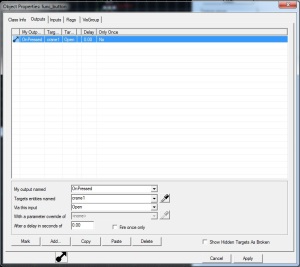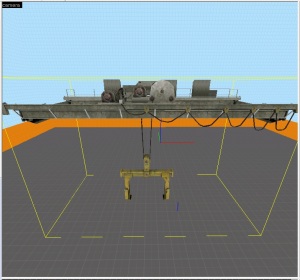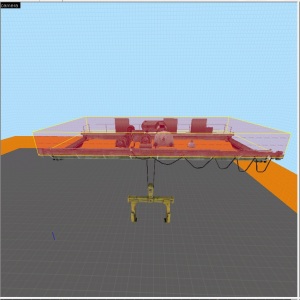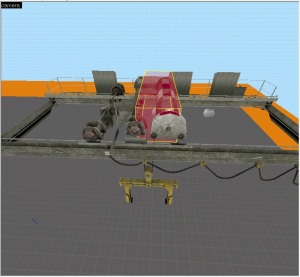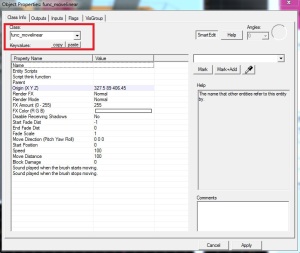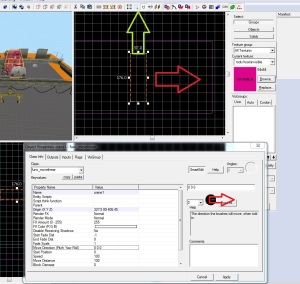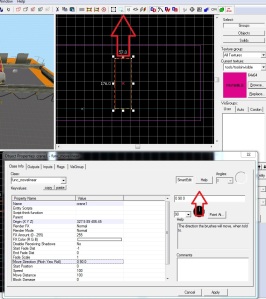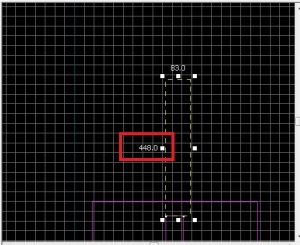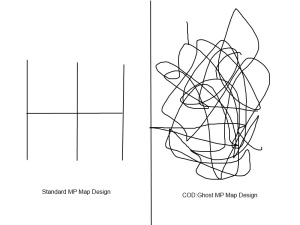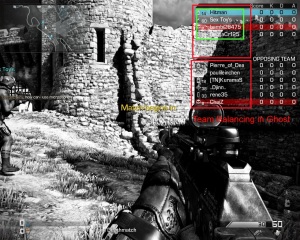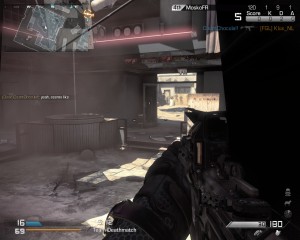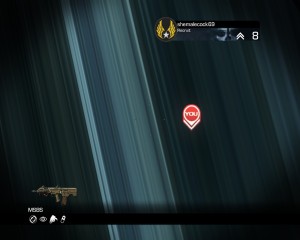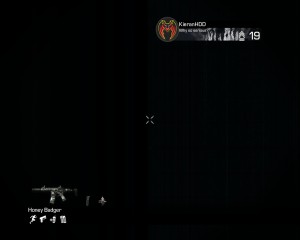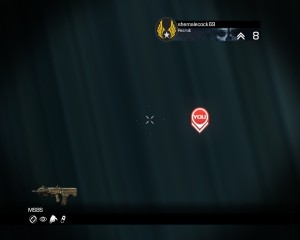Call of Duty: Advanced Warfare is the 11th instalment of the Call of Duty Series and is developed by Sledgehammer Games. The company had its first work under Activition when they co-developed Modern Warfare 3 Infinity Ward. Infinity ward at the time suffered staff lay off and other problems due to lawsuit between Activition and Co-founders of Infinity Ward Jason West and Vince Zampella.
I was one of the people who gladly did not purchase the last Call of Duty game, poorly named COD:Ghost, Unfortunately this year, I became a victim to the series latest release, thinking that a new developer and the poor sales of the previous game would make Activition try harder to make the game actually good. I am wrong, and now I’ll move on to the Review of this piece of crap.
Game Engine
The game is using a custom IW engine, which it seems to be a slightly modified IW6 engine. IW6 is the engine that was used to develop Call of Duty: Ghost. I say slightly, because the modifications that I noticed were done in areas of Fire and graphics. This modifications can cause straint to your computer as it requires 6GB (Minimum)/ 8GB (Requirement) of RAM memory and 1GB(Minimum)/ 4GB(Requirement) Graphic Memory to work effectively. Not sure how his is arranged in the engine but most other shooter that have spectacular visuals don’t require that much from your machine (I get around 60 FPS on Battlefield 4 using the same Card on Ultra Settings, while I struggle on normal in this game).
Engine has terrible memory management
I like how this company modify their engine slightly and call it “New”. To be fair they are not the only company who does that……….yeah I am looking at you DICE, you sell outs.
Singleplayer (Spoiler, skip if you don’t want to know)
The singleplayer is OK, nothing special. It’s short, compared to other COD games, which is weird since Sledgehammer Games advertised that the story would be longer than others (false advertising). I think that they mean by longer story is that they do force you to watch the cut scene between each mission. The load bar won’t continue unless scene is finished, here is a video of a pre mission cut scene. Keep an eye on the loading bar in the bottom-right:
The story itself is OK. You play as Jack Mitchell, who is on the way to be dropped into South Korea, because North Korea (somehow) was able to get their hands on the latest military technology and decided to invade South Korea. America decides to get involved, because Murica always loves a fight (go figures). As Mitchell, you are joined by your BFF Will Irons, Jonathan Irons son (CEO of Atlas, and is performed by Kevin Spacey), and Cormack your Sargent and tasked to escort demolition squad to destroy an artillery type of ship. Things happen, everything goes wrong, demo squad dies, Will dies in a heroic fashion, at the same time you lose an arm and then dragged by Cormack to safety. (This is the only point in the game where you get major physical damage).
During Wills funeral, Wills dad (Kevin Spacey) decides to give you a second chance by giving you an arm and a place in his private company, killing brown people. So you are moving up from killing Asians to brown people, also you never know what happened to South Korea after the first mission.
You join Atlas looking for a fight and a bad guy shows up called Hades. Hades is leader of KVA, which is a terrorist organisation that doesn’t like technology (Don’t know why, maybe he has Apple problems. He doesn’t understand why his iPhone bends or why they keep releasing one every year. Then again I have the same feeling with COD). In Atlas you join your new friends; Gideon (a British Soldier), Ilona (An ex Spetsnaz. Russian love….) and Joker (not important, just ignore him) to do missions, yada yada and killing Hades. You do kill him and game ends……………………………………………………………………..Nope.
You find out that Hades was put into place by Irons, so that his company can grow and earn the worlds trust. As you find that out, you then go on the run from Atlas who are chasing you now, because they know that you know. Yeah. On the run, you are helped by your old Sergeant, Cormack, who has now made his own squad called Sentinels. Sentinels are tasked on go after and taking down Irons, but then you find out that Irons has developed a Bio-weapon that does not attack Atlas employees and that he plans to launch on the US.
Tank Mission, Jet Mission, and Yada yada yada….
You corner Irons in Iraq, but a twist, he uses the bio-weapon, and most of your team dies, except you, Gideon and Ilona (Ex Atlas employees). You are then captured, and just when you think its the end for you, you then escapes(What is wrong with bad guys, have they ever seen The Good, The Bad and The Ugly when Tuco says “When you need to shoot, shoot, don’t talk”, so just kill him please!).
After you escape, you head back to Irons stronghold while controlling mech, and kill Irons by giving him back the arm which he gave you when you joined Atlas. (I think Mitchell is a rude a** re-gifter)
Game ends with Mitchell saying the line “This wasn’t the end, it was just the beginning”. So this might mean that a sequel is in the works, where a member of Irons family steps in to take over Atlas and seek revenge over world for death of father and bothers. Yeah I know it sounds like a Sledgehammer Games Idea.
Things that I liked:
- No specific government country as the element of evil, but a private military
- The exo-skeleten at times does have quite neat gadgets
- Kevin Spacey
Things that I disliked:
- Constant stop points where the story could of ended. You seem indestructible
- You only play as Jack Mitchell. While other COD titles allowed to control different people
- Gideons voice
- Limit number of mission where you use machines such as the tank, mech and jet
- Mitchell is a re-gifter
- Killing brown people, standard COD idea
Co-op
I played co-op three times.
Things that I liked
- Nothing
Things that I disliked
- Bad connection
- Brainless players (not really the developers problem)
- Exactly the same as MW3 co-op, only with exo-suits
- No Zombies unless you have the Season Pass (Which costs extra £40 for more crap)
- Multiplayer maps.
Multiplayer
Multiplayer is the biggest feature of a Call of Duty game. So you would think that team would perfect this part in development to make it ready at launch. Unfortunately this is not the case because it’s a Activision game. Companies spend thousands of dollars on marketing and advertising, but don’t put enough into actual development.
Let me list the problems that this game multiplayer:
- No dedicated server, everything else would be ok if they just could introduce dedicated server. So don’t expect a post launch, it will never happen
- Cheating – Nothing happens to them, they keep coming back
- Unbearable lag – They kinda solved his by making everyone’s ping bar higher, but the lag part is still there
- Spawning – Spawning, well you spawn in front of enemies, that’s cleaver
- Hit detection – Shots do not register at time, you fire four and only one of the four registers
- Matchmaking
- Perks – Are useless and at times seem not to work. I use low profile and blast suppressor to go all stealthly, but somehow every enemy knows where I am, because I still show up on the minimap
- Badly Designed Maps. Greenband in my opinion was the best, but it is worse than all the other COD maps (Not including Ghost), too small and confusing. It might be the confusing part the make the maps feel small
Here is a MP Gameplay:
The graphics setting are set to low due to the lag.
Conclusion is that this game is not worth the full price that I paid. The game singleplayer is ok, co-op is a pass and multiplayer is buggy and at times unplayable. The patches that were released after the games release did not improve much of the outcome that game promised to deliver.
Shortly before posting this, I deleted this crap of a game from my steam. Will return to it in 6 months, but I doubt it will be fixed by then.
If you are looking to play the SP then I recommend torrenting the game from one of the torrent sites, your choice.
VERDICT – TORRENT
